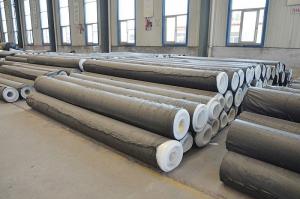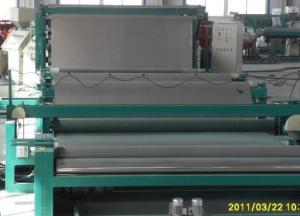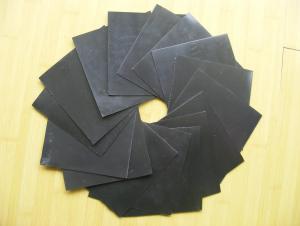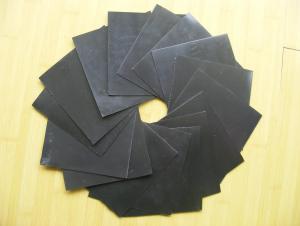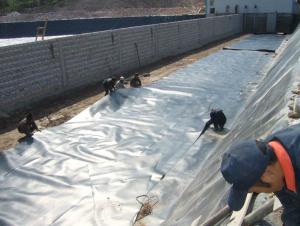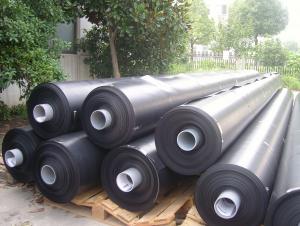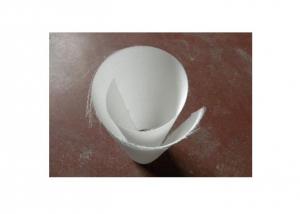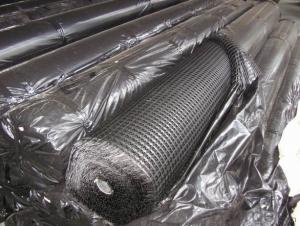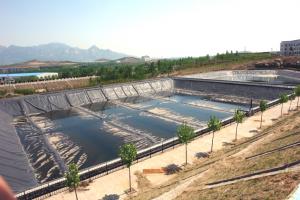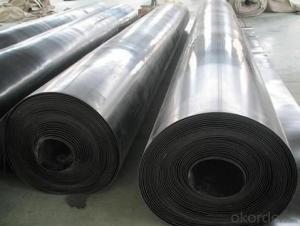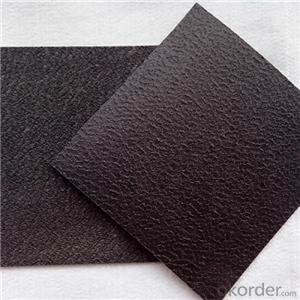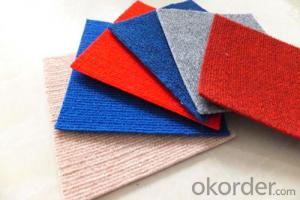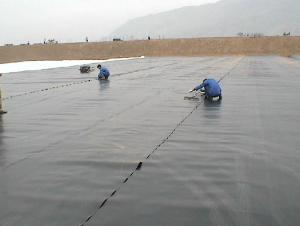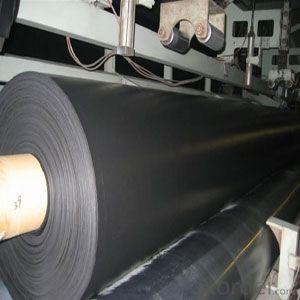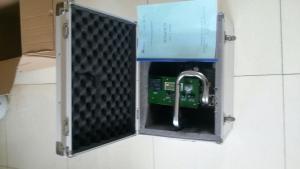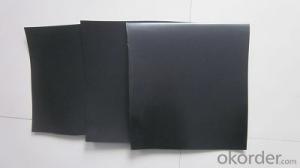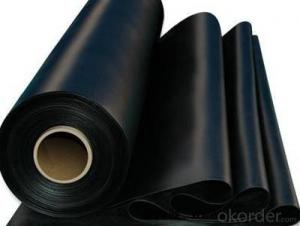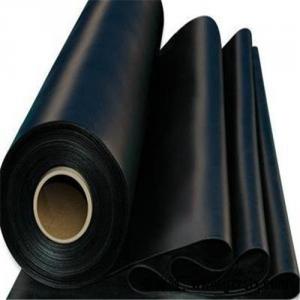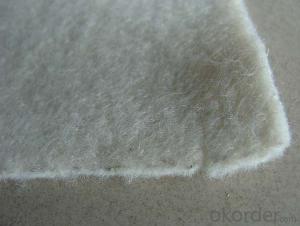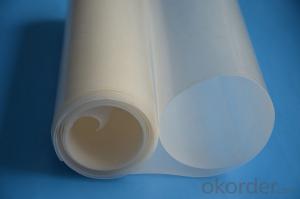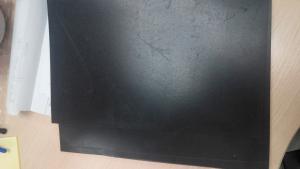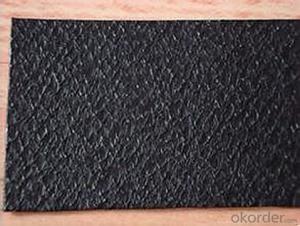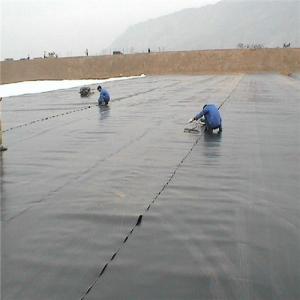Atarfil Europe Geomembranes
Atarfil Europe Geomembranes Related Searches
Atarfil Geomembranes Atarfil Geomembrane Geomembranes Agru Geomembrane Geomembrane Materials Geomembrane Products Prefabricated Geomembranes Impermeable Geomembranes Terpal Geomembrane Landfill Geomembrane Sotrafa Geomembrane Geomembrane Australia Permeable Geomembrane Liner Geomembrane Conductive Geomembrane Geomembrane Geotextile Xr Geomembranes Reinforced Geomembrane Prefabricated Geomembrane Geomembrane Liners Teranap Geomembrane China Geomembrane Geomembrane Material Waterproof Geomembrane Textured Geomembrane Geomembrane China Pre-Seamed Geomembranes Geomembrane Cover Geomembrane Impermeable Trp GeomembranesAtarfil Europe Geomembranes Supplier & Manufacturer from China
Atarfil Europe Geomembranes are high-quality products designed for various applications in the construction and environmental industries. These geomembranes are made from advanced materials that provide excellent performance and durability, making them ideal for a range of projects. They are commonly used in water management, waste containment, and other applications where a waterproof or protective barrier is required. The versatility and reliability of Atarfil Europe Geomembranes make them a popular choice among professionals in the field.Atarfil Europe Geomembranes are widely used in various scenarios, such as lining ponds, reservoirs, and landfills, as well as in the construction of canals, tunnels, and other infrastructure projects. Their ability to withstand harsh environmental conditions and resist chemical degradation makes them a preferred choice for long-term, sustainable solutions. The product's seamless design also ensures a consistent barrier, reducing the risk of leaks and contamination. This makes Atarfil Europe Geomembranes an essential component in projects where watertightness and environmental protection are paramount.
Okorder.com is a leading wholesale supplier of Atarfil Europe Geomembranes, offering a vast inventory to meet the needs of customers worldwide. With a commitment to quality and customer satisfaction, Okorder.com ensures that the products are sourced directly from reputable manufacturers, providing customers with the assurance of top-notch materials and workmanship. Their extensive inventory allows for quick turnaround times and efficient delivery, making Okorder.com the go-to source for Atarfil Europe Geomembranes and other related products.
Hot Products
